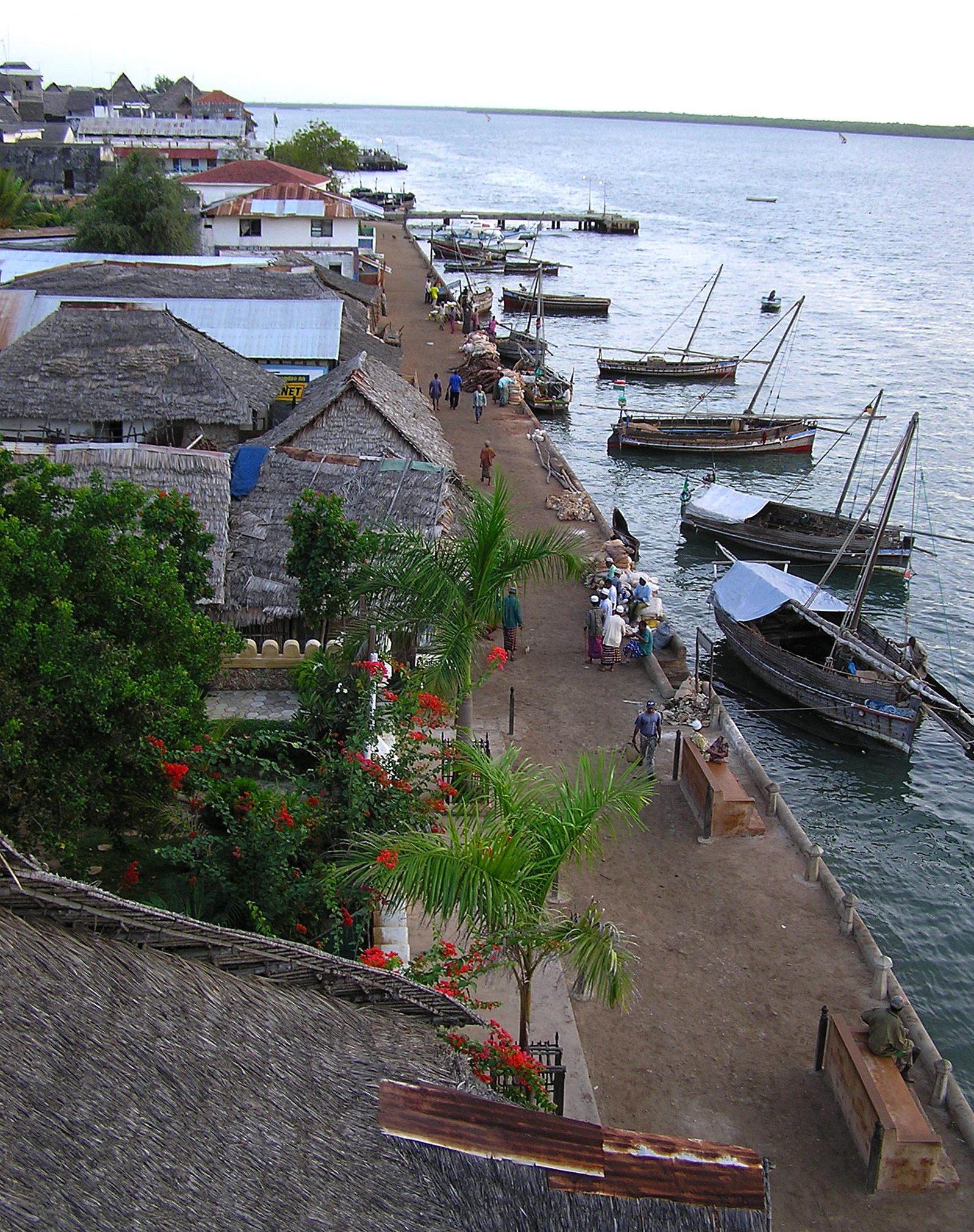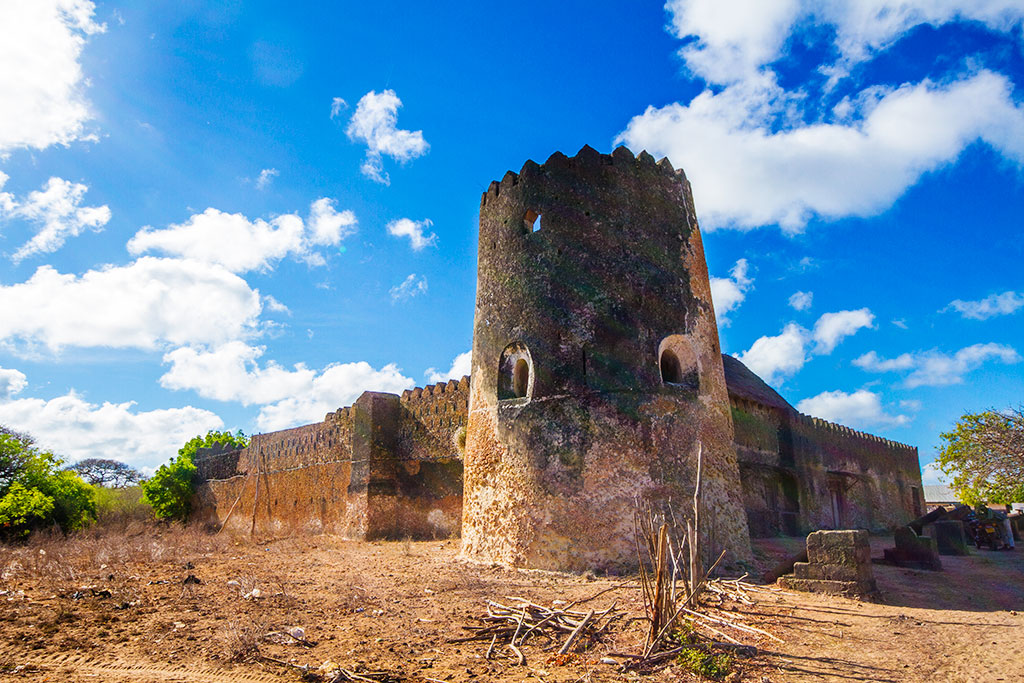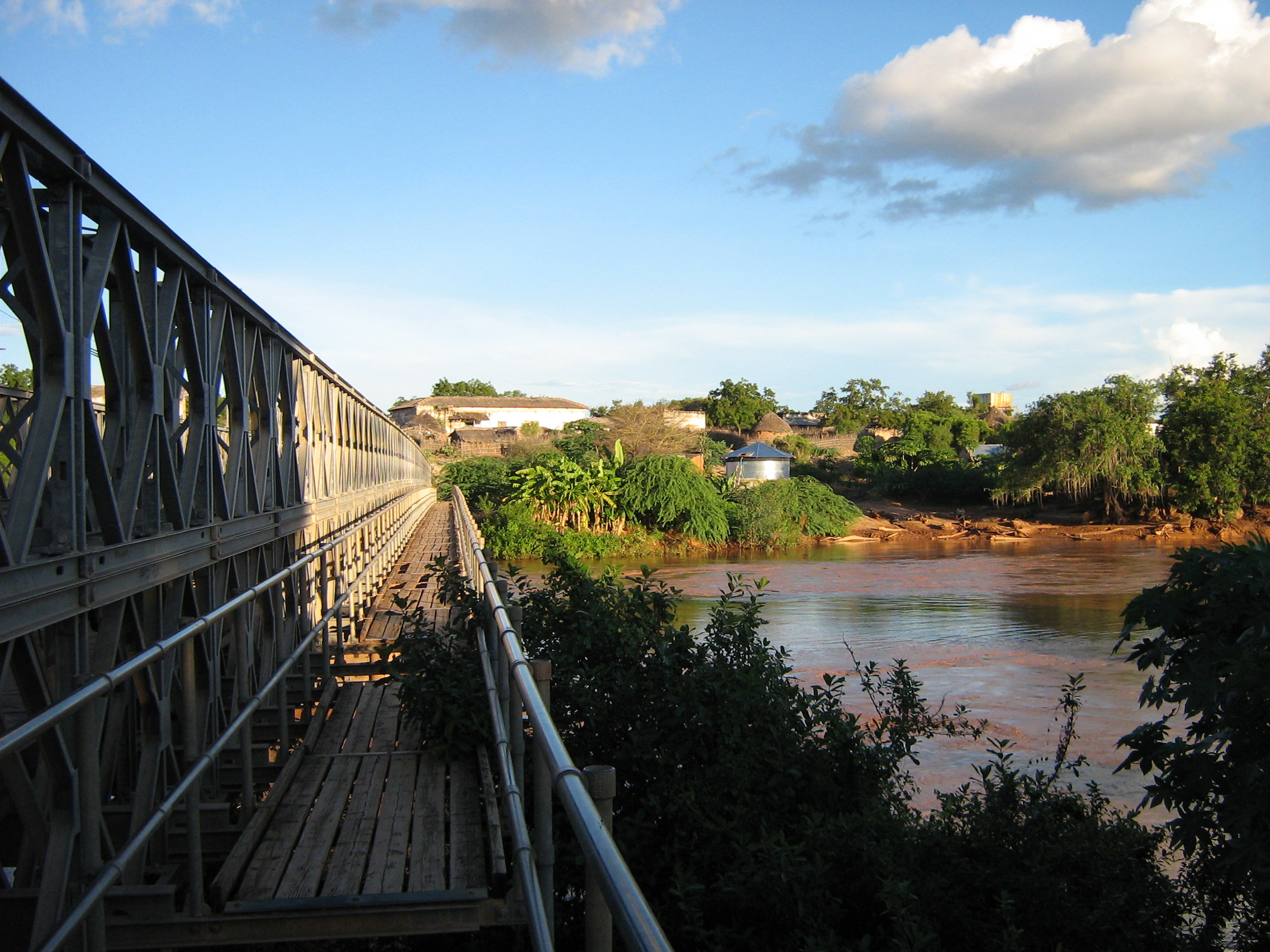|
Wituland
Wituland (also Witu, Vitu, Witu Protectorate or Swahililand) was a territory of approximately in East Africa centered on the town of Witu just inland from Indian Ocean port of Lamu north of the mouth of the Tana River in what is now Kenya. History Establishment of the Witu Sultanate Founded in the 1810s and then becoming fully independent from nominal Pate rule in 1858 after several abortive moves to the mainland, the native sultanate of Wituland was a haven for slaves fleeing the Zanzibar slave trade and thus a target of attacks from the Sultanate of Zanzibar (ruled by a branch of the Omani dynasty, under British protectorate). Facing an increase in slaving raids from the Sultanate of Zanzibar, the Sultan of Witu formally requested German protection so that he "finally has relief from the attacks of Zanzibar warriors." Witu Relations with the Geledi Sultanate The Geledi Sultanate was a powerful Somali state based in the inter-riverine region in southern Somalia that held ... [...More Info...] [...Related Items...] OR: [Wikipedia] [Google] [Baidu] |
Yusuf Mahamud Ibrahim
Yusuf Mahamud Ibrahim ( so, Yuusuf Maxamuud Ibrahiim, ar, يوسف محمود ابراهيم) was a Somali people, Somali ruler. He was the third and most powerful Sultan of the Geledi sultanate, reigning from 1798 to 1848. Under the reign of Sultan Yusuf, his kingdom entered its apex, he managed to modernize his economy and his kingdom quickly became one of the wealthiest states in East Africa. Yusuf frequently toured the sultanate and built rapport with his many clients and allies. He successfully consolidated Geledi power during conquest of Bardera and expelling extremist ideology from his region. It was under his rule he manage to establish many trading partners and allies such as the Wituland, Sultanate of Witu. He also exacted tribute from Said bin Sultan, Sultan Said of the Omani Empire starting from 1843. History Early life Yusuf was the son of Sultan Mahamud Ibrahim and as a youth was sent to Barawa to study Islam. Barawa was a renowned hub of the Qadiriyya sufi tariqa i ... [...More Info...] [...Related Items...] OR: [Wikipedia] [Google] [Baidu] |
Witu, Kenya
Witu is a small market town in the Lamu County of Kenya, East Africa. Formerly it was the capital of Wituland. Location It is west of the Witu Forest. It is on the Garsen–Witu–Lamu Highway (C-112) between Mkunumbi, to the east, and Garsen, to the west. A secondary road leads south to Kipini on the coast. The coordinates of Witu, Kenya are: 2°23'20.0"S, 40°26'16.0"E (Latitude:-2.388897; Longitude:40.437769). The average elevation of the town is about . Population As of September 2013, the population of the town was estimated at 5,380. Wituland Witu was the centre of an inland empire of approximately . It was inhabited by slaves fleeing the Zanzibar slave trade, and was thus a target of attacks from the Sultanate of Zanzibar, circa 1850. See also * List of roads in Kenya * Historic Swahili Settlements *Swahili architecture Swahili architecture is a term used to designate a whole range of diverse building traditions practiced or once practiced along the easter ... [...More Info...] [...Related Items...] OR: [Wikipedia] [Google] [Baidu] |
Sultanate Of The Geledi
The Sultanate of the Geledi ( so, Saldanadda Geledi, ar, سلطنة غلدي) also known as the Gobroon Dynasty Somali Sultanate: The Geledi City-state Over 150 Years - Virginia Luling (2002) Page 229 was a Somali kingdom that ruled parts of the Horn of Africa during the late-17th century and 19th century. The Sultanate was governed by the Gobroon dynasty. It was established by the Geledi soldier Ibrahim Adeer, who had defeated various vassals of the Ajuran Sultanate and elevated the Gobroon to wield significant political power. Following Mahamud Ibrahim's consolidation, the dynasty reached its apex under Yusuf Mahamud Ibrahim, who successfully modernized the Geledi economy and eliminated regional threats with the Conquest of Bardera in 1843, and would go on to receive tribute from Said bin Sultan the ruler of the Omani Empire. Geledi Sultans had strong regional ties and built alliances with the Pate and Witu Sultanates on the Swahili coast. Trade and Geledi power would continu ... [...More Info...] [...Related Items...] OR: [Wikipedia] [Google] [Baidu] |
Sultanate
This article includes a list of successive Islamic states and Muslim dynasties beginning with the time of the Islamic prophet Muhammad (570–632 CE) and the early Muslim conquests that spread Islam outside of the Arabian Peninsula, and continuing through to the present day. The first-ever establishment of an Islamic polity goes back to the Islamic State of Medina, which was established by Muhammad in the city of Medina in 622 CE. Following his death in 632 CE, his immediate successors established the Rashidun Caliphate, which was further succeeded by the Umayyad Caliphate and later the Abbasid Caliphate. While the primary caliphates gradually fractured and fell, other Muslim dynasties rose; some of these dynasties established notable and prominent Islamic empires, such as the Ottoman Empire centered around Anatolia, the Safavid Empire of Persia, and the Mughal Empire in India. Middle East and North Africa Mesopotamia and Levant (Iraq, Jordan, Lebanon, Palestine, Syria) *U ... [...More Info...] [...Related Items...] OR: [Wikipedia] [Google] [Baidu] |
Somalia
Somalia, , Osmanya script: 𐒈𐒝𐒑𐒛𐒐𐒘𐒕𐒖; ar, الصومال, aṣ-Ṣūmāl officially the Federal Republic of SomaliaThe ''Federal Republic of Somalia'' is the country's name per Article 1 of thProvisional Constitution, (; ), is a country in the Horn of Africa. The country is bordered by Ethiopia to the west, Djibouti to the northwest, the Gulf of Aden to the north, the Indian Ocean to the east, and Kenya to the southwest. Somalia has the longest coastline on Africa's mainland. Its terrain consists mainly of plateaus, plains, and highlands. Hot conditions prevail year-round, with periodic monsoon winds and irregular rainfall. Somalia has an estimated population of around million, of which over 2 million live in the capital and largest city Mogadishu, and has been described as Africa's most culturally homogeneous country. Around 85% of its residents are ethnic Somalis, who have historically inhabited the country's north. Ethnic minorities are large ... [...More Info...] [...Related Items...] OR: [Wikipedia] [Google] [Baidu] |
Lamu
Lamu or Lamu Town is a small town on Lamu Island, which in turn is a part of the Lamu Archipelago in Kenya. Situated by road northeast of Mombasa that ends at Mokowe Jetty, from where the sea channel has to be crossed to reach Lamu Island. It is the headquarters of Lamu County and a UNESCO World Heritage Site. The town contains the Lamu Fort on the seafront, constructed under Fumo Madi ibn Abi Bakr, the sultan of Pate, and was completed after his death in the early 1820s. Lamu is also home to 23 mosques, including the Riyadha Mosque, built in 1900, and a donkey sanctuary. History Early history The original name of the town is Amu, which the Arabs termed Al-Amu (آامو) and the Portuguese "Lamon". The Portuguese applied the name to the entire island as Amu was the chief settlement. Lamu Town on Lamu Island is Kenya's oldest continually inhabited town, and was one of the original Swahili settlements along coastal East Africa. It is believed to have been established ... [...More Info...] [...Related Items...] OR: [Wikipedia] [Google] [Baidu] |
Sultanate Of Zanzibar
The Sultanate of Zanzibar ( sw, Usultani wa Zanzibar, ar, سلطنة زنجبار , translit=Sulṭanat Zanjībār), also known as the Zanzibar Sultanate, was a state controlled by the Sultan of Zanzibar, in place between 1856 and 1964. The Sultanate's territories varied over time, and at their greatest extent spanned all of present-day Kenya and the Zanzibar Archipelago off the Swahili Coast. After a decline, the state had sovereignty over only the archipelago and a strip along the Kenyan coast, with the interior of Kenya constituting the British Kenya Colony and the coastal strip administered as a ''de facto'' part of that colony. Under an agreement reached on 8 October 1963, the Sultan of Zanzibar relinquished sovereignty over his remaining territory on the mainland, and on 12 December 1963, Kenya officially obtained independence from the British. On 12 January 1964, Jamshid bin Abdullah, the last sultan, was deposed and lost sovereignty over the last of his dominions ... [...More Info...] [...Related Items...] OR: [Wikipedia] [Google] [Baidu] |
Sultan
Sultan (; ar, سلطان ', ) is a position with several historical meanings. Originally, it was an Arabic abstract noun meaning "strength", "authority", "rulership", derived from the verbal noun ', meaning "authority" or "power". Later, it came to be used as the title of certain rulers who claimed almost full sovereignty (i.e., not having dependence on any higher ruler) without claiming the overall caliphate, or to refer to a powerful governor of a province within the caliphate. The adjectival form of the word is "sultanic", and the state and territories ruled by a sultan, as well as his office, are referred to as a sultanate ( '. The term is distinct from king ( '), despite both referring to a sovereign ruler. The use of "sultan" is restricted to Muslim countries, where the title carries religious significance, contrasting the more secular ''king'', which is used in both Muslim and non-Muslim countries. Brunei and Oman are the only independent countries which retain the ti ... [...More Info...] [...Related Items...] OR: [Wikipedia] [Google] [Baidu] |
Siyu
Siyu is a settlement on the north coast of Pate Island, within the Lamu Archipelago in Kenya's Coast Province. The age of Siyu is not known, but it might date from the 13th century.Martin, 1973, p. 23 There are some other accounts that mention Chinese ships of Zheng He's fleet sinking near Lamu Island in Kenya in 1415. Survivors settled on the island and married local women. This has been proven recently by archaeological work on the island that has resulted in the finding of evidence to suggest this connection. Further DNA testing done on some residents from Siyu show that they indeed have Chinese ancestors. Gaspar de Santo Bernadino visited the town in 1606, and stated that it was the largest town on the island. Siyu's main claim to historical fame is that it through several battles withstood the Sultans of Zanzibar. In 1843 the Sheikh of Siyu, Bwana Mataka, and the new Rulers of Pate, Sheikh of Pate, repudiated the sovereignty of Said bin Sultan, Sultan of Muscat and Oman, ... [...More Info...] [...Related Items...] OR: [Wikipedia] [Google] [Baidu] |
Oman
Oman ( ; ar, عُمَان ' ), officially the Sultanate of Oman ( ar, سلْطنةُ عُمان ), is an Arabian country located in southwestern Asia. It is situated on the southeastern coast of the Arabian Peninsula, and spans the mouth of the Persian Gulf. Oman shares land borders with Saudi Arabia, the United Arab Emirates, and Yemen, while sharing maritime borders with Iran and Pakistan. The coast is formed by the Arabian Sea on the southeast, and the Gulf of Oman on the northeast. The Madha and Musandam exclaves are surrounded by the United Arab Emirates on their land borders, with the Strait of Hormuz (which it shares with Iran) and the Gulf of Oman forming Musandam's coastal boundaries. Muscat is the nation's capital and largest city. From the 17th century, the Omani Sultanate was an empire, vying with the Portuguese and British empires for influence in the Persian Gulf and Indian Ocean. At its peak in the 19th century, Omani influence and control extended ... [...More Info...] [...Related Items...] OR: [Wikipedia] [Google] [Baidu] |
Somalis
The Somalis ( so, Soomaalida 𐒈𐒝𐒑𐒛𐒐𐒘𐒆𐒖, ar, صوماليون) are an ethnic group native to the Horn of Africa who share a common ancestry, culture and history. The Lowland East Cushitic Somali language is the shared mother tongue of ethnic Somalis, which is part of the Cushitic branch of the Afroasiatic language family, and are predominantly Sunni Muslim.Mohamed Diriye Abdullahi, ''Culture and Customs of Somalia'', (Greenwood Press: 2001), p.1 They form one of the largest ethnic groups on the African continent, and cover one of the most expansive landmasses by a single ethnic group in Africa. According to most scholars, the ancient Land of Punt and its native inhabitants formed part of the ethnogenesis of the Somali people. An ancient historical kingdom where a great portion of their cultural traditions and ancestry has been said to derive from.Egypt: 3000 Years of Civilization Brought to Life By Christine El MahdyAncient perspectives on Egypt By R ... [...More Info...] [...Related Items...] OR: [Wikipedia] [Google] [Baidu] |
Bardera
Bardera ( ar, بارديرا, so, Bardhere) is a city in Jubaland State of Somalia. It is the second largest and most populous city in Jubaland with Kismayo being the largest and most densely populated city in the region. Bardera sits on the Jubba River around 250 km west of the city of Baidoa and is in a highland area with fertile soil. The city experiences extremely hot temperatures from December to April and heavy rainfalls from April to May knowns as ''Gu'' (spring) The city was formerly known as the "Onion capital of the World" for its production of the vegetable, the name Bardera means tall palm trees. The palms were cut to construct native homes or ''midille''. Bardhere is also known as the centre of Islamic scholarship, as it is for agricultural production. The climate is ideally suited for year-round crop production and boasts of farms of sorghum, corn, onions, beans, sesame plants, tobacco, and fruits such as bananas, watermelon, oranges, papayas, and mangoes. ... [...More Info...] [...Related Items...] OR: [Wikipedia] [Google] [Baidu] |







